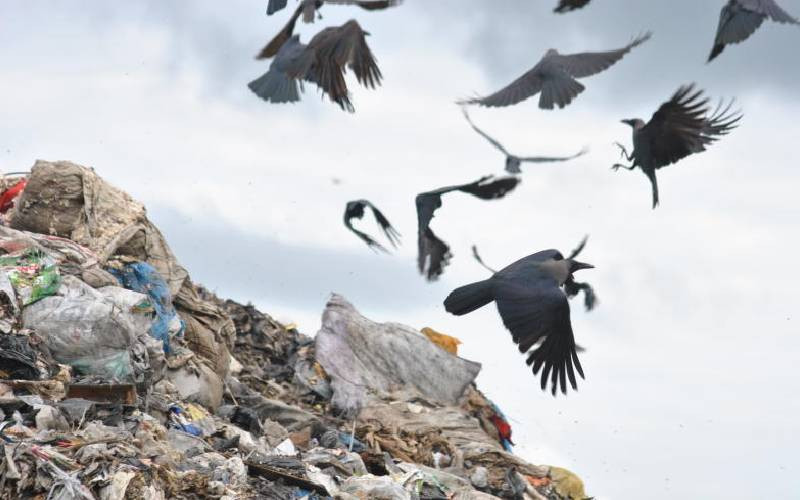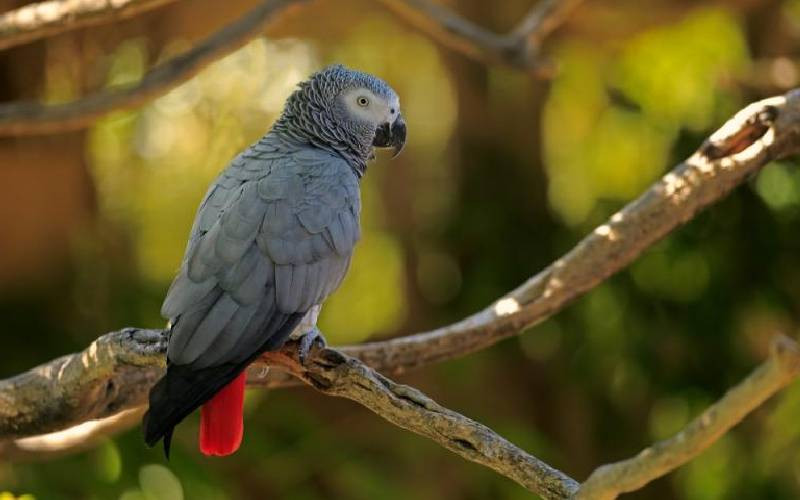Monday, July 8 was a watershed for wildlife conservation in Kenya. It marked the launch of the National Recovery and Action Plan for the Mountain Bongo.
The aim of the plan, whose lifetime is 2019-2023 and is being spearheaded by the Kenya Wildlife Service (KWS) and a consortium of other organisations like the Kenya Forest Service (KFS) and Mount Kenya Wildlife Conservancy, is to secure a population of 730 bongo antelopes over the next 50 years. The mountain bongo was classified as a ‘critically endangered species’ by the International Union for Conservation of Nature (IUCN SSC Antelope Specialist Group) in 2017.
Prized by trophy collectors and hunters for its beautiful, stripped skin and long horns, the bongo (Scientific name Tragelaphus eurycerus isaaci), which is native and endemic to Kenya, has paid the ultimate price, with its population successively dwindling from a high of over 500 in the 1970s to just under 100 currently. Clearly, our alarm bells should be off, as the imminent extinction of this rare and beautiful antelope is not just a direct threat to our bio-diversity as a country. It could also nullify a critical component of our heritage and patrimony, besides putting at risk industries that feed off it, like tourism.
But the bongo is not threatened by the avarice of poachers and profiteers alone. Like the rest of our wildlife, human encroachment on its habitat has spawned a litany of dangers. These include illegal logging, disease and resultant loss of habitat to competing land uses. I couldn’t agree more with Margaret Mbaka - Trustee of Mount Kenya Wildlife Conservancy in her warning that, extinction for the bongo is a real possibility, yet the mountain bongo is part of our national identity and unlike other wild animals, it can only be found in Kenya, and with less than 100 in the wild.
But there is another important corollary gain in conserving the bongo antelope. It lies in the fact that the bongo prefers highland water towers; forest mountains that help harvest water vapor, for the generation of rainfall. Tellingly, the remnant bongo population in Kenya is largely found in the highlands with between 40 to 50 bongos in the Aberdares, six around Mount Kenya Forest, six in Eburu, six to nine in South Western Mau and approximately 25 in the Maasai Mau area.
The benefits of conserving the bongo, and by extension its habitat, therefore also lie in the promise of sustained rainfall and water for millions of small-holder farmers, herders, urban households and agricultural industries downstream. A direct line can be drawn between these benefits and biodiversity, food security and most importantly, economic growth.
The unique thing about the National Recovery and Action Plan for the mountain bongo is the fact that it has brought together a diverse, multi-sectoral consortium with members from both the public and private sectors, driven by a clear call to action: to secure the future of the bongo antelope over the next 50 years. It is a conservation model that should be adopted for other endangered species.
Through its flagship Mountain Bongo Breeding Program, the Mount Kenya Wildlife Conservancy has grown its resident bongo population from 18 in 2003 to the current 76, which it expects to grow to 82 by the end of the year.
The KWS has been critical in securing a 776-acre protected area in Ontulili Forest, which will be used as a holding area for the bongos before they are released into the wild. This safe haven, in the bongo’s natural habitat, will allow the animals to feed up to 75 per cent on their indigenous browse, better preparing them for eventual release into their former ranges in line with KWS’ Recovery and Action Plan. It will also reduce congestion and attendant challenges that the program faces in its current location, besides breeding physically and genetically fit bongos, ready for the wild.
The conservancy is working with KWS and Rhino Ark to fence off this area. Already, an environmental and social impact assessment has been done and the results filed with the National Environmental Management Authority.
- The writer is the Tourism and Wildlife Cabinet Secretary
 The Standard Group Plc is a
multi-media organization with investments in media platforms spanning newspaper
print operations, television, radio broadcasting, digital and online services. The
Standard Group is recognized as a leading multi-media house in Kenya with a key
influence in matters of national and international interest.
The Standard Group Plc is a
multi-media organization with investments in media platforms spanning newspaper
print operations, television, radio broadcasting, digital and online services. The
Standard Group is recognized as a leading multi-media house in Kenya with a key
influence in matters of national and international interest.
 The Standard Group Plc is a
multi-media organization with investments in media platforms spanning newspaper
print operations, television, radio broadcasting, digital and online services. The
Standard Group is recognized as a leading multi-media house in Kenya with a key
influence in matters of national and international interest.
The Standard Group Plc is a
multi-media organization with investments in media platforms spanning newspaper
print operations, television, radio broadcasting, digital and online services. The
Standard Group is recognized as a leading multi-media house in Kenya with a key
influence in matters of national and international interest.








